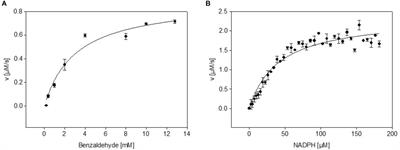EDITORIAL
Published on 16 Apr 2019
Editorial: Actinobacteria, a Source of Biocatalytic Tools
doi 10.3389/fmicb.2019.00800
- 3,730 views
- 12 citations
29k
Total downloads
181k
Total views and downloads
EDITORIAL
Published on 16 Apr 2019
ORIGINAL RESEARCH
Published on 25 Feb 2019

REVIEW
Published on 18 Feb 2019

ORIGINAL RESEARCH
Published on 18 Dec 2018

ORIGINAL RESEARCH
Published on 18 Dec 2018

ORIGINAL RESEARCH
Published on 22 Nov 2018

ORIGINAL RESEARCH
Published on 30 Oct 2018

ORIGINAL RESEARCH
Published on 24 Oct 2018

ORIGINAL RESEARCH
Published on 12 Oct 2018

ORIGINAL RESEARCH
Published on 18 Jul 2018

ORIGINAL RESEARCH
Published on 01 Mar 2018

ORIGINAL RESEARCH
Published on 21 Feb 2018
